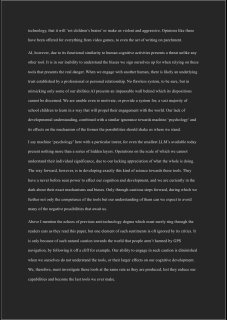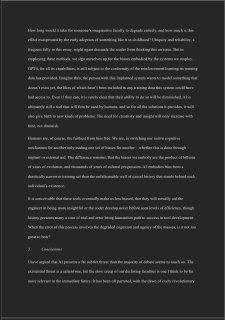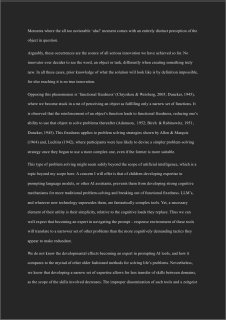
In robotics you often ‘memorise’ the 3D world in the form of a ‘low-memory’ representation, such as, a set of key points in a 3D map, ignoring the nuances and the sense of surface of the 3D world. If your goal is to navigate, it is faster to interpret a set of points than to interpret a database that stores everything. Storing everything would require extreme amounts of memory. Moreover, it would be redundant because you would only need the key points to navigate successfully. Because of these factors, when we navigate, we interpret from these points and fill in the rest by "imagining" where the surfaces are formed.
In terms of neural networks "imagining" goes a lot further. If we eventually want to train an AGI we need to learn generalising capabilities in all domains. One such capability is the capacity to interpolate future events, by imagining outcomes based on information gathered about the patterns of past events. For example, if a human is running in a certain direction, the AGI should be able to anticipate that this human will at least move a little bit more in a specific direction. This is "imagination", as there is no factual evidence that the human will in fact move in that direction. Say an AI is controlling a car, and it sees a human sprinting towards the road, even if its view gets occluded, for example there is a bus blocking your view, the AI should be able to ‘imagine’ where the human will be in 2 seconds, and it should slow down the car.
This consideration may help us understand how and why human imagination could have evolved, potentially as a tool for increasing computational efficiency. Imagine your AI only has the computational resources to process 1 image every 2 seconds; that means there are 2 seconds where the AI is blind. At this time no bus is blocking the view but for the last 6 seconds you see the human getting closer to the road at 2 second increments. Based on that rate of getting closer, in the next 2 seconds the human will arrive right infront of your path perfect for collision. In those last 2 seconds the AI should be able to fill in the gaps and "imagine" the human on the road. What might be safer would be to record all the data from its surroundings, but this may not be necessary, if it can interpolate successfully on the limit data instead. Now we only need to process an image every 2 seconds and redundant memory space can be utilised more efficiently.




